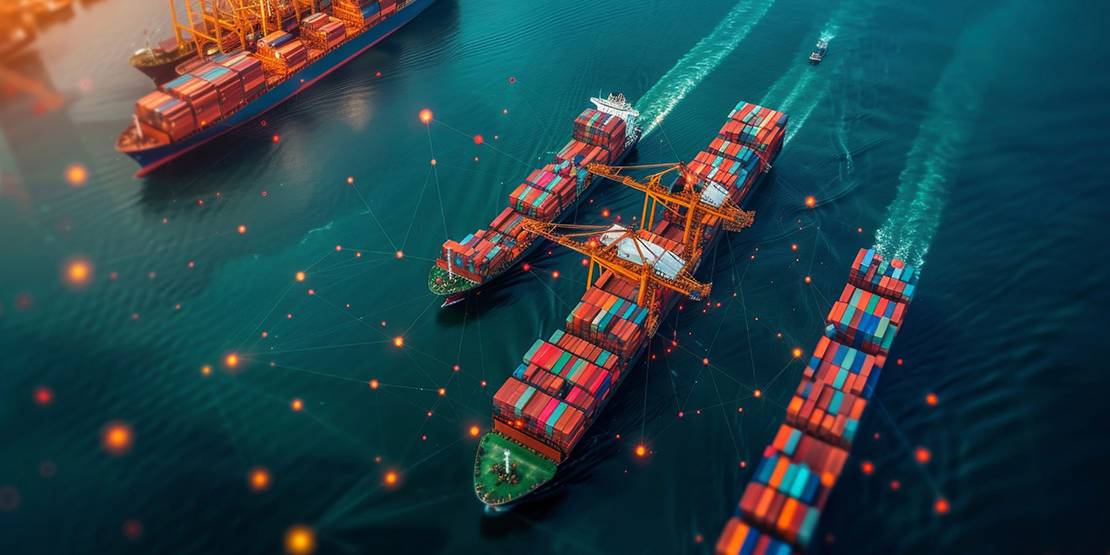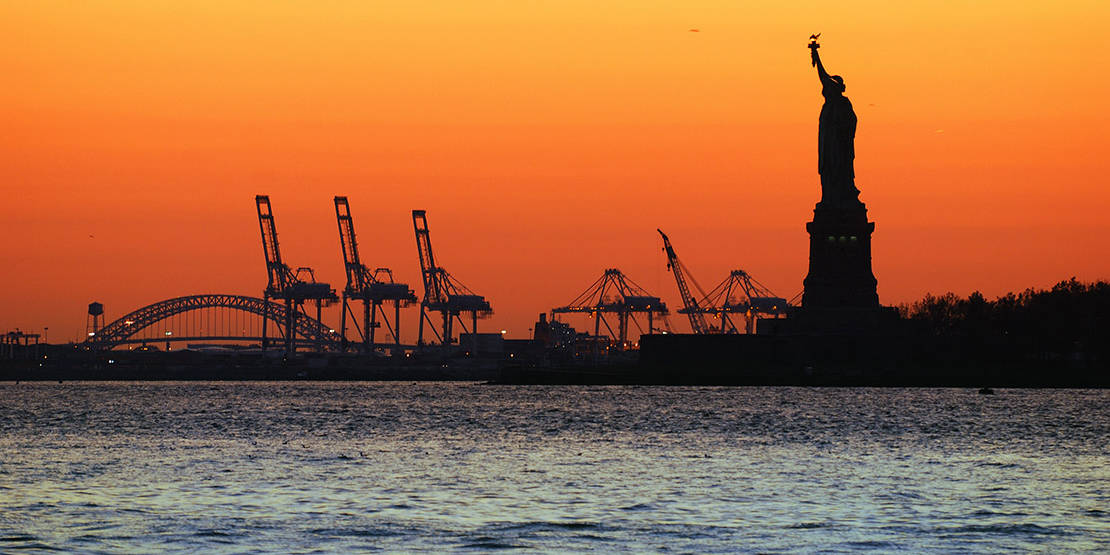The longer ocean freight transit times around Africa have led to the lowest number of idle ships on record, even after the introduction of two million TEU of new build containerships this year.
While record capacity has been introduced this year, only 0.6% of the global fleet was recorded as not being in operation on a service earlier this month.
195,159 TEU from 67 containerships was idle on 12th August, and a quick visit to the calculator highlights this this to be an average of less than 3,000 TEU per ship. In fact, 41 of those vessels are less than 2,000 TEU, which are vessels that are not economically viable for the longer and busier Asia routes.
With spare ships being scarce, carrier’s capacity management has been affected and this has undoubtedly contributed to the unreliability of many Asia service loops during recent times.
As vessels avoid the Red Sea region, every Asia-Europe service loop is in transit for an additional 20-28 days on a roundtrip, therefore every loop has needed 3-4 extra vessels to maintain a weekly service.
The longer transits are not the only explanation for so much capacity being in use. Demand for ocean freight has increased this year and a record high 16 million TEU’s were shipped globally in May.
However, the most recent signs are that demand has started to level off and the inflated ocean freight rates may have peaked, which ‘hopefully’ bodes well for a more settled Asia market by the turn of the year.
If you have any questions regarding the above, then Westbound are here to help. So, please do not hesitate to contact us.

Become a Westbound VIP
From simpler bookings, communication, and collaboration to reporting, insights, and more, our intuitive cloud platform puts everything in one place. So you get control, efficiency, and transparency, and a launchpad for your supply chain.
Related Posts
11/12/2024
US Port Strike May Still Be On The Horizon For New Year
While October's US East & Gulf Coast…


